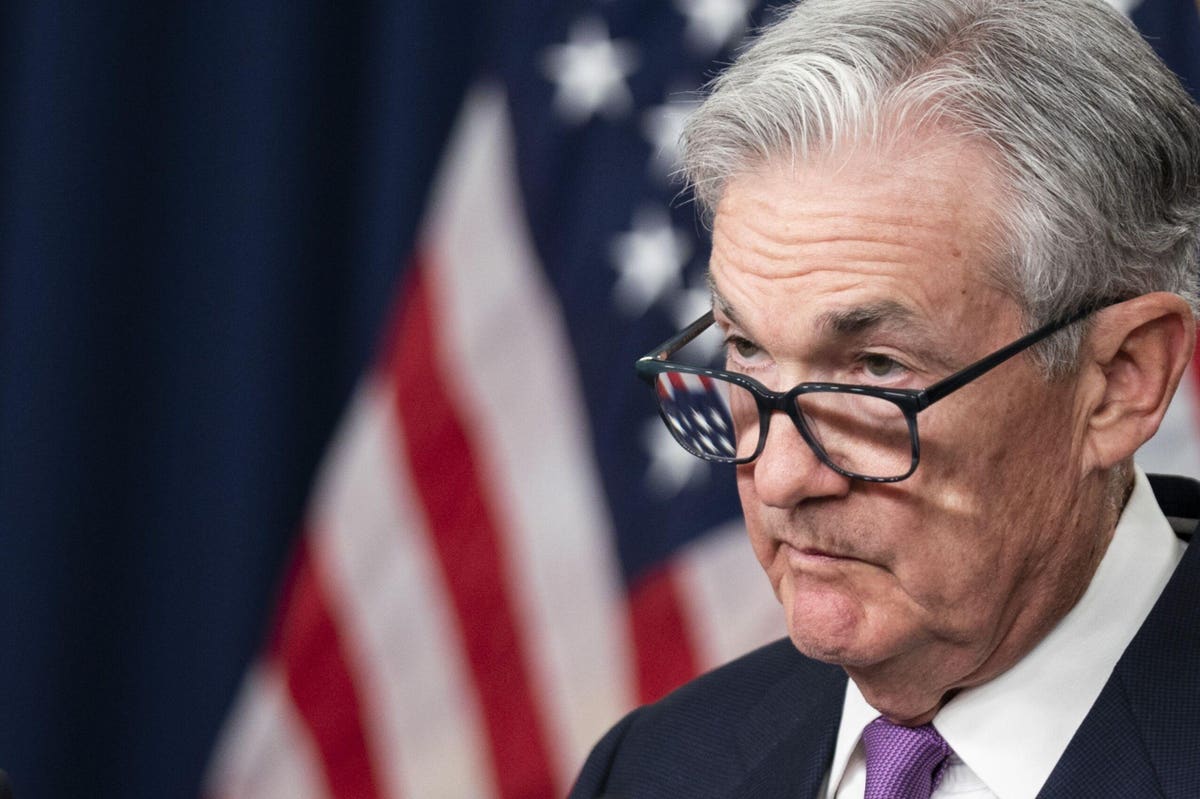The U.S. Federal Reserve will next determine short-term interest rates on November 1. Fed Chair Jerome Powell has made it clear that decision will depend on the data.
On the one hand, the Fed may increase rates if upcoming data shows that inflation is not slowing as fast as the Fed would like, and, in part, if the jobs market remains relatively hot.
There’s some risk that a government shutdown could disrupt the very data the Fed wants to see. That’s because a government shutdown would pause most of the government’s economic research function. As of the Fed’s September 20 decision a few more policy makers expected rates to rise again in 2023, than those who saw rates remaining at current levels. Still, it appears a close call.
November or December?
With potential uncertainty caused by the risk of a government shutdown, the UAW strike, rising energy costs and other factors it’s possible the Fed elects to hold rates steady in November. This would help the Fed assess what results from the current uncertainty before any rate move.
Interest rate futures currently assess a fairly even split between a chance of a hike in November or December, with a slim chance that both meetings see rate hikes. Still, the base case for markets currently is a roughly 6 in 10 chance that rates are held steady for the remainder of 2023. The Fed’s own recent statements and projections would likely tilt the chances of a rate hike somewhat higher.
The Data To Watch
Though the Fed examines a broad range of economic data, the latest readings on inflation and unemployment will almost certainly be key to informing the Fed’s thinking. Assuming no disruption from a government shutdown, Consumer Price Index monthly data for the remainder of 2023 will be released on October 12, November 14 and December 12.
Here the Fed will be watching trends in housing costs and service prices particularly closely. Recent CPI data has been encouraging to the Fed in its inflation fight, but there’s a risk it is not sustained. Recent rising energy prices will likely increase headline inflation numbers. Currently, nowcasts from the Cleveland Fed see September CPI coming in at just under a 0.4% monthly rate for both the headline and core inflation rates (core inflation removes swings in energy and food prices). Inflation running at that level might concern the Fed and prompt another rate increase in November, though the underlying category detail will matter.
However, the jobs market matters too. For now, inflation is the Fed’s primary concern, but a cooling jobs market may be positive signal for the Fed that pricing pressure is easing in the U.S. economy. Also, the Fed’s mandate includes targeting full employment. As such, if the jobs picture is weakening, then the Fed may have some concern that higher rates could risk making things worse.
A Balancing Act
Ultimately, just as policy makers have suggested in their September forecasts, it is likely that the remaining two 2023 interest rate decisions from the Fed do hang in the balance. Market expectations paint a similar picture. Though interest rate futures assess a hike as slightly less probable than the Fed’s own September projections.
Ultimately, the Fed is awaiting further data to make a decision, and a government shutdown might disrupt that process. If upcoming inflation data for the month of September and beyond is reassuring, then the Fed may be done raising interest rates for this cycle. However, if inflation data does not continue to cool and the jobs market continues to hold up well, then the Fed may make one more rate hike with the goal of taming inflation more rapidly.
Read the full article here







